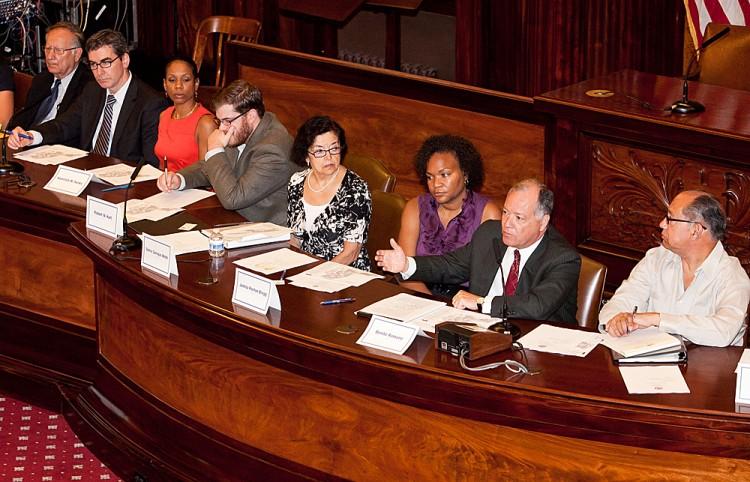NEW YORK—The city’s Districting Commission released its preliminary redrawn map, adjusted based on population changes within the five boroughs, using information from the 2000 and 2010 censuses.
Redistricting, which happens every decade, can impact New Yorkers quite profoundly, according to the Brennan Center for Justice at NYU’s School of Law.
“The way the lines are drawn can keep a community together or split it apart, leaving it without a representative who feels responsible for its concerns,” it states on its website. “The way the lines are drawn can change who wins an election. Ultimately, the way the lines are drawn can change who controls the city and what laws get passed.”
The mayor appoints seven persons to the Districting Commission and the City Council appoints eight. The city’s redistricting is generally believed fairer than the partisan struggle that mars redistricting in New York state.
After public hearings in each of the five boroughs, the commission produced the preliminary map Wednesday; after another round of public hearings it will produce a potentially final version by Nov. 5.
The City Council could object to that version, though, according to commission general counsel Thaddeus Hackworth, which would trigger a third set of meetings and a third and definitive version of the map, which the council could not block. In the last round of the districting process, City Council submitted objections, according to Hackworth.







